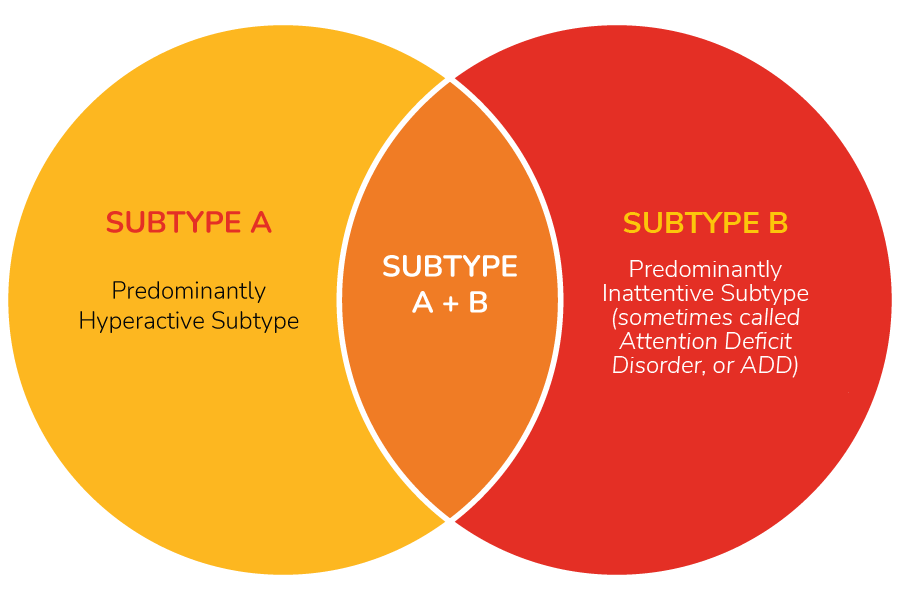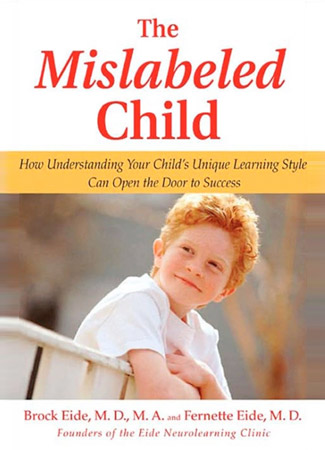Pediatrics
What It Really Means To Have Learning Disabilities or Attention-Deficit Hyperactivity Disorder (ADHD)

You might have heard these terms in passing but it’s not until you have a personal encounter (with one or both) that you want to learn more. I wrote this article particularly because I couldn’t find a clear definition of the differences between these two common disorders. I was diagnosed with both in my early 50’s. Surprisingly, I wasn’t distressed at all upon hearing this news. I was actually elated, because the diagnoses helped me better understand myself.
Learning Disabilities and ADHD are common neurobiological disorders, often genetically based. It is possible–and not uncommon–to have both. There is often a family history, which emerges only after a child is diagnosed.
What are Learning Disabilities?
The term Learning Disabilities refers to a variety of disorders that influence the way we process verbal and/or non-verbal information. This includes acquiring information, retaining it, understanding it, and organizing it. People with learning disabilities often have average or above average general abilities that are essential for thinking and reasoning. Learning disabilities are different from intellectual disabilities.
Learning disabilities range in severity.
They may interfere with learning one or more of these important skills:
-
Oral language

(such as listening, speaking, and understanding)
-
Reading

(such as decoding and comprehension)
-
Written Language

(such as spelling and writing)
-
Mathematics

(including general problem solving)
Learning disabilities may also cause difficulties with organizational skills, social perception, and social interaction.
An experienced clinical psychologist is the best person to properly diagnose learning disabilities. Psycho-educational testing, when done well, is objective and scientific. It provides a detailed summary of strengths and weaknesses, and gives practical suggestions to improve learning.
What is Attention-deficit hyperactivity disorder (ADHD)?
Attention-deficit hyperactivity disorder (ADHD) is also a common neurobiological disorder.
ADHD is more an “impression” medical diagnosis, based more on behavior than specific tests. It tends to be over-diagnosed in rambunctious little boys, and underdiagnosed in girls.
The symptoms are grouped into two categories:
A) Hyperactive impulsive symptoms
Hyperactivity: Presented as constant movement such as fidgeting in a chair or constantly getting up and down, or running around when others are seated. Hyperactivity may also present itself as talking so much that other people can’t easily speak.
Impulsivity: May be present as acting or talking quickly without thinking first.
B) Inattention symptoms
Inattention: Difficulty attending to the task at hand. Inattention may be present as frequent daydreaming, seeming lost in another world, or easily distracted by other activities.
But people with ADHD may also hyper-focus at times, which can make the diagnosis confusing.
Based on these two groups of symptoms, there are three subtypes of ADHD:

- Predominantly hyperactive subtype [A]
- Predominantly inattentive subtype (sometimes called Attention Deficit Disorder, or ADD) [B]
- Combined subtype (with both hyperactive-impulsive and inattentive symptoms) [A + B]
I don’t believe that our labels define us, or that we are a “sum” of all our labels. Diagnoses aren’t always correct. I like to emphasize that each child is unique and extraordinary, a “never to be repeated” human being.
Many people have overcome these disorders by learning how to manage them (using the methods that work best for them) and become successful in their own ways.
Recommended Reading

The Mislabeled Child
For an overall perspective, consider reading this excellent article from The New Atlantis magazine written by Dr. Brock L. Eide, and Dr. Fernette F. Eide. It is a short summary of their excellent book, The Mislabeled Child.